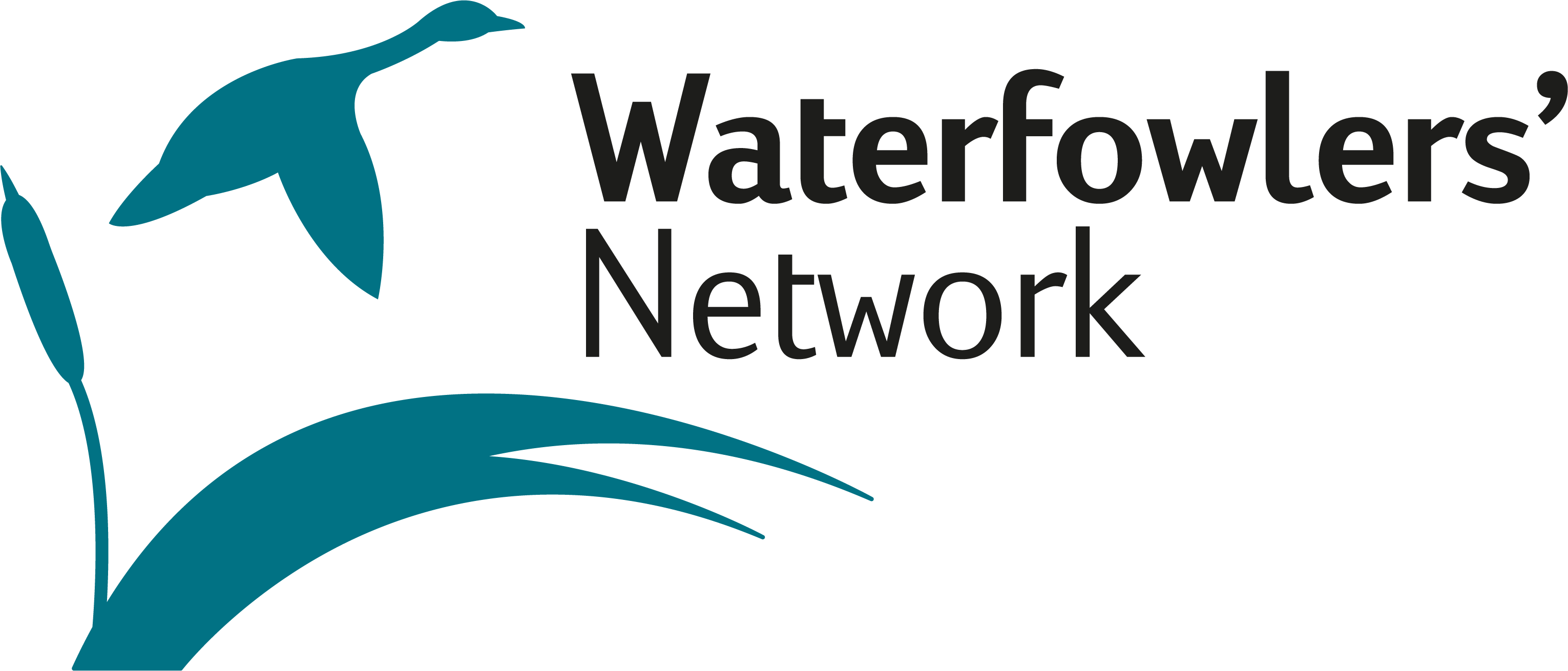Finland invests in wetland habitats 15th June 2020
The Finnish Government is providing historic funding for wetland restoration and management of invasive predators through the SOTKA and HELMI-programs. Aiming to restore 400 hectares of prime brood habitat and 80 protected wetland sites during the next three years, the goal is to help declining waterbird populations and halt the general loss of biodiversity.
By Jarkko Nurmi & Mikko Alhainen, Finnish Wildlife Agency
Many ducks of Western Europe hatch in the boreal wetlands of Finland, where several waterbird populations are currently declining due to degradation of habitats and invasion of non-native species such as Raccoon Dog and American Mink.
The Finnish Ministry of the Environment is already leading the restoration of 80 valuable wetlands in the Natura 2000 SPA network, which will be completed by 2023. These sites are key staging areas for migrating ducks and breeding areas of many threatened species.
However, most quarry ducks such as Wigeon, Pintail and Teal, raise their broods outside the SPA network, in the wetlands of agricultural and forested areas, which is where the Finnish Ministry of Agriculture and Forestry will invest three million euros annually in restoration of brood habitats, development of predator management, creation of a waterbird staging area network and improvement of waterbird monitoring.
The brood habitat restoration through the SOTKA-wetlands project is implemented by the Finnish Wildlife Agency, continuing the work of the MARKHOR Award-winning Return of Rural Wetlands LIFE project. The project is carried out and funded in co-operation with landowners and local associations for the benefit of declining duck species.
The development of landscape-level working models to manage high-density Raccoon Dog and Mink populations in inland areas and archipelagos are developed by the Finnish Wildlife Agency. The project provides a framework to effectively reduce the negative effects of non-native species on waterbirds. The HELMI-program invests in the management of invasive predators in the Natura 2000 SPAs using hunting as a conservation tool.
The Finnish waterbird monitoring scheme continues to be improved. The number of waterbird counting points has increased 5-fold over the last three years and further steps are taken to generate reliable data on population status and breeding success.
Engaging European hunters
The quality and quantity of breeding habitats combined with the harvest sustainability determines the future of our duck populations. By providing a framework for flyway-level funding for wetland restoration, the SOTKA-project offers an opportunity for European waterfowlers to engage in the restoration of northern brood habitats as a pilot case.
There are virtually unlimited opportunities for wetland restoration in Finland. Good habitats provide viable duck populations for the flyways of Europe, and it is in the shared interest of European hunters and birdwatchers to invest in the restoration of breeding areas for our waterbird populations.
Perhaps the time has come to safeguard the fall flight of waterbirds for future generations?
